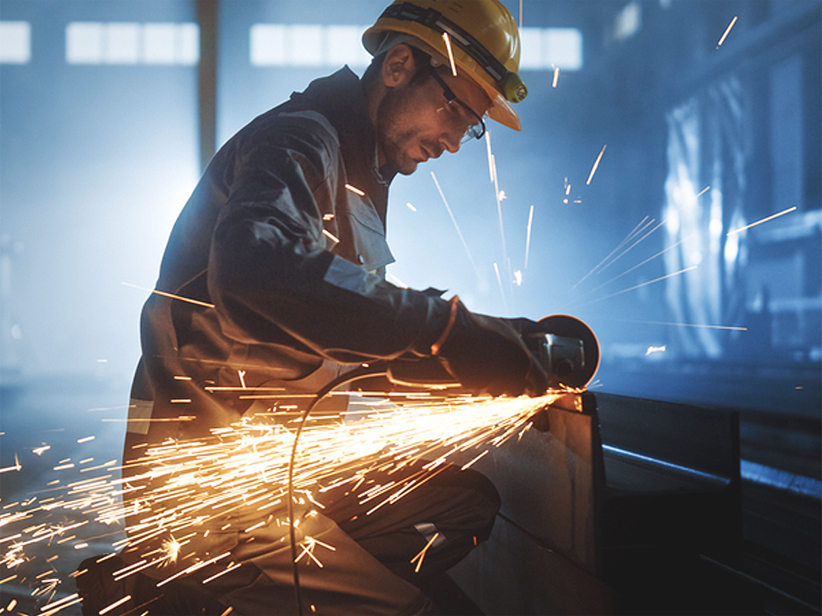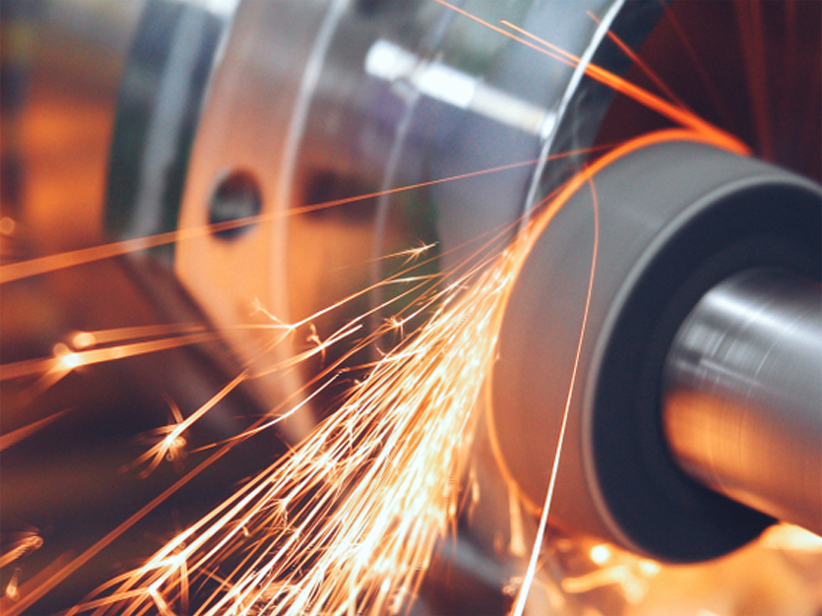Six Things to keep in mind while deciding stainless steel grade.
Stainless steel, known for its corrosion resistance, is used in various applications. Its diverse range of grades allows it to accommodate various applications across many industries. However, one requires the basic knowledge to select the appropriate grade for the job while ordering SS raw material from stainless steel wires suppliers.
Need good formability?
If the use requires good formability, avoid the martensitic group of stainless steel. Instead, try an austenitic grade like 304 or a ferritic grade like 430. Austenitic stainless steel is the best choice for formable stainless steel.
Need for welding?
Welding stainless steel is very different from welding carbon steel and can lead to hot cracking, intergranular corrosion, and stress corrosion cracking. The most weldable stainless steel grade is typically the austenitic group. Grade 304L has lesser carbon, while 347 has added niobium stabilizers, which help to counter intergranular corrosion. Ferritic grades such as 430 or grade 439 are readily weldable. Martensitic stainless are usually not considered for welding. With precipitation, it should also ensure that the original mechanical properties of the steel are not compromised during the welding.
When machining is required, special considerations must be taken for stainless steel. All grades of stainless steel can be machined. However, the machining process must be optimized to work at a constant rate. Like carbon steels, sulfur can be added to increase machinability; grade 303 is an example. It is similar to grade 304, except for the added sulfur for machining purposes.
Stainless steel is usually chosen for its corrosion-resistant properties, but it is important to know that every grade provides different corrosion resistance. For example, austenitic stainless steel provides the best corrosion resistance because it has the highest chromium. This makes grade 304 an excellent choice against corrosion. Grade 316 is very similar to grade 304, but it is made up of molybdenum, which can further increase its corrosion resistance. On the other hand, ferritic and martensitic steels are generally more affordable because they have less nickel and sometimes less chromium than austenitic stainless steels, resulting in a loss of corrosion resistance.
If the stainless steel has to be subjected to heat treatment, it is important to know the effect of heat on various grades. For example, austenitic and ferritic stainless steels are non-hardenable when heat treated. On the other hand, the heat-treatable stainless steels are usually martensitic or precipitation.
High strengths can be achieved with martensitic grades of stainless steels, like 440C, and precipitation stainless steels, like grades 17-4 PH and 15-5 PH. Austenitic grades of stainless steels, such as 316, can also provide high strengths, though not as better as the martensitic grades. Austenitic stainless steels have more nickel than stainless steel, so a grade like 316 will have more toughness and ductility than ferritic and martensitic stainless steel.
Are you looking for a supplier or stainless steel wire manufacturer in India? Feel free to contact us for more information and quotes.







